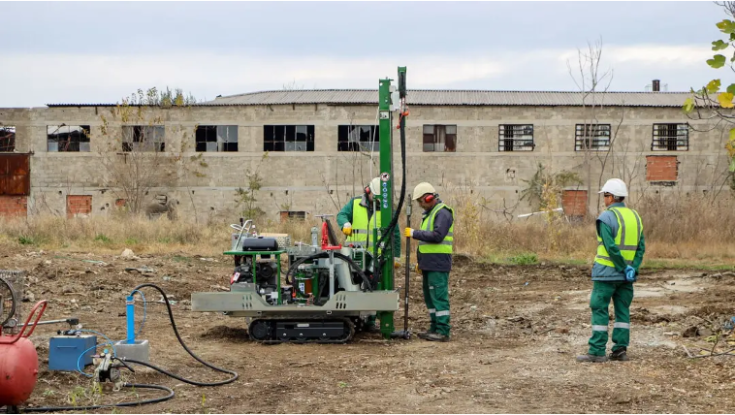Integrated redevelopment strategies for brownfields in Flanders

On 23 May 2024, the Policy Learning Platform organised an onsite matchmaking on integrated redevelopment strategies for brownfields for the Public Waste Agency of Flanders.
Objective of the matchmaking
The matchmaking was requested by the Public Waste Agency of Flanders (OVAM). OVAM has been working for the last 20 years on the sanitation of soils at brownfield sites and would like to go beyond remediation activities towards a more holistic approach. To this is end, Flanders is already experimenting with several sites in the region testing integrated redevelopment strategies that are offering new opportunities for economic development or housing for example. It wishes to learn from other territories about methodologies, processes and new tools for integrating brownfield redevelopment into urban / spatial planning, with regards to circularity and sustainability.
Participants
Beneficiary
- Elmar Willems, Public Waste Agency of Flanders, Belgium
Peers
- Clyde Falzon Bouvett, Environment and Resources Authority (ERA), Malta
- Apostolos Malamakis, Centre for Research and Technology Hellas (CERTH), Greece
- Marino Cavallo, Metropolitan City of Bologna, Italy
Interreg Europe
- Astrid Severin, Interreg Europe Policy Learning Platform
- Magda Michalikova, Interreg Europe Policy Learning Platform
- Charo Camacho, Joint Secretariat Interreg Europe
- Antoine Duquennoy, Interreg Europe Policy Learning Platform
Key insights
- Devise a long-term vision for black field and brownfield redevelopment and capitalise on each of the different stages of the process as implementation takes a lot of time.
- Highlight the aspect of giving spaces back for public use (recreation, green spaces, nature restoration) and ensuring better health of citizens as well as positive environmental impact.
- Conduct stakeholder mapping and work with all relevant stakeholders in the area: municipalities, societal groups, residents, NGOs and influential groups.
- Test innovative funding approaches and keep in mind various types of funding (local/regional funds, EU funding, polluter pays principle, environmental funds, sale of housing units, green loans).
- Consider revising the legislative framework and using mandatory guidelines; avoid working only with voluntary agreements.
- Speed-up implementation, e.g. through a ‘Brownfield regeneration management plan’.
- Explore different potential variants for brownfield redevelopment: housing, industrial units, recreational areas, sports facilities, educational units and select the one that is most needed for the local scenario.
